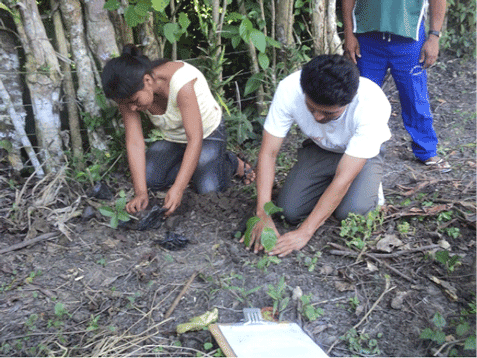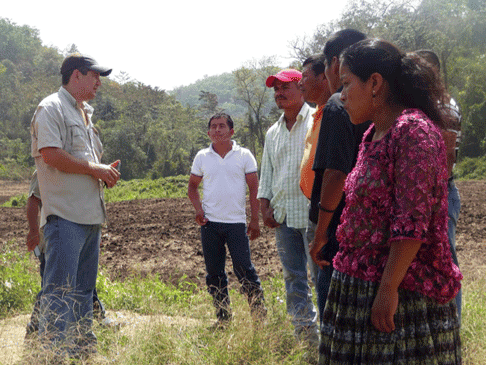John Paul Mitchell Systems partnered last month with Reforest’Action for a tree-year tree-planting program in Peru and Guatemala. JPMS will plant a total of 500.000 trees by the end of 2016. Once mature, one hectare of Maya Nut trees can provide $15,000 of revenue per year. This will help ensure that the forests will grow and thrive long into the future. First trees planted in Peru On the field, the project has already begun and the work is on progress! In Amazonian Peru, local communities are preparing to plant vetiver grass which will be used as a protection of the new seedlings from erosion.

The very first Maya Nut Trees have just been planted by community members.


The reforestation technique is different than in Peru. This season in Guatemala, seeds are directly sowed in the fields. The direct seeding process is very similar to the way farmers plant beans and corn, they use a tool called a pioche (pickaxe) or chuza (stick) to plant two maya nut seeds per hole in a series of very shallow holes they make with the tool.
30.000 seeds will be sowed in May and June so as a minimum of 25 000 Maya Nut Trees grow up this year. The seeds are sowed during the rain season to ensure the highest survivorship possible. Check out this video to know further about direct seeding process (English subtitles available)